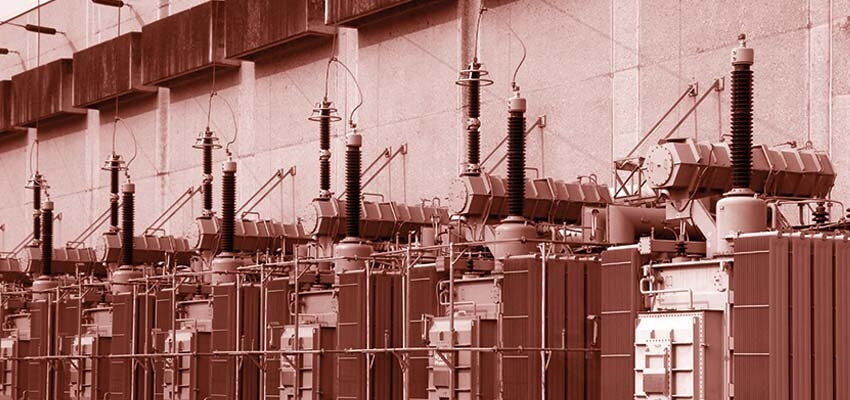
Power Transformer Life
In our industry there are often terms or buzzwords that many of us use with liberty but might not fully understand their meaning. Justifiably, we...
byCarlos Gamez

In our industry there are often terms or buzzwords that many of us use with liberty but might not fully understand their meaning.
Justifiably, we use a particular word often because the concept it conveys is of critical importance to the safe and reliable operation of any electrical asset. We use this word to convey the idea of a time period in which an asset performs its intended function so it is important for any person involved in specifying, purchasing, testing, commissioning, maintaining, operating or disposing of these assets to have a clear understanding of what life means in the context of power transformers.
In this series of articles, I am going to talk precisely about this concept. Throughout the articles in the series, we will try to establish what life is and what it means for a power transformer. We will also explore the factors that affect it and consider the options that an asset owner can utilise to extend and optimise the transformer life.
In the first article, I will try to establish the common definition and understanding of what transformer life is. This will hopefully serve as the foundation for the articles to follow in this series. This topic is vast and there are as many opinions as there are experts in our industry. I have tried to remain objective and base my comments on evidence and facts but I anticipate that my personal experience has found its way into these articles in one way or another.
I have also assumed that the reader is familiar with the basic power transformer concepts and has seen or worked around these assets at least once in their career.
What does “transformer life” mean?
When we talk about concept of the transformer life or any other electrical asset for that matter, we also hear related terms and phrases that almost invariably show up in the same conversation. We often hear terms like: “life management”, “life expectancy”, “life extension”, “life cycle”, etc.
We will somehow touch on all those concepts but with some luck, we will mention them following a logical sequence of ideas. I will attempt to explain these concepts in a clear and understandable way; how they relate to day to day operation of a transformer fleet and most importantly, what the user/owner of these assets can do in order to minimise the operation and maintenance costs as well as mitigate the risks of unexpected failures.
The common denominator in the terms mentioned above is the word “life” so it seems only fair that we start by setting some fundamental understanding of what “life” means from the perspective of a power transformer.
There are many types, designs and ways of manufacturing power transformers but for the purpose of this discussion, please consider insulating liquid – filled power transformers while you are reading articles in the series. However, the concepts explained and reviewed here can also be applied to dry transformers, instrument transformers, gas insulated transformers and other classes of specialty transformers to some extent.
Common sense tells us that the life of an asset can be regarded as the period of time in which the asset will reliably perform its intended function. This is not a bad start, but we can do better.
Life can also be defined in statistical terms which are particularly useful for insurance companies as the “Mean Time Between Failures” or MTBF. This basically means that out of a population of transformers the time between initiation of service and failure is measured and averaged, providing a good idea of the life expectancy for a transformer belonging to that population or of one with very similar characteristics.
Another good reference is to look at what the different standard committees worldwide have to say on the matter.
The Australian Standard, AS 2374.7 – Power Transformers – Part 7: Loading Guide for Oil-Immersed Power Transformers establishes in:
“1.4 General limitations and effects of loading beyond nameplate rating
…
1.4.1.1 Factors influencing life duration
The actual life duration of a transformer depends to a high degree on extraordinary events, such as overvoltages, short-circuits in the system, and emergency overloading.
…
The normal life expectancy is a conventional reference basis for continuous duty under normal ambient temperature and rated operating conditions. The application of a load in excess of nameplate rating and/or an ambient temperature higher than rated involves a degree of risk and accelerated ageing. …”
Another good reference would be IEEE C57.91 – Guide for Loading Mineral Oil Immersed Transformer which establishes the following.
“3. Definitions
…
3.5 Transformer Insulation Life: For a given temperature of the transformer insulation, the total time between the initial state for which the insulation is considered new and the final state for which dielectric stress, short circuit stress, or mechanical movement, which could occur in normal service, and would cause an electrical failure”







